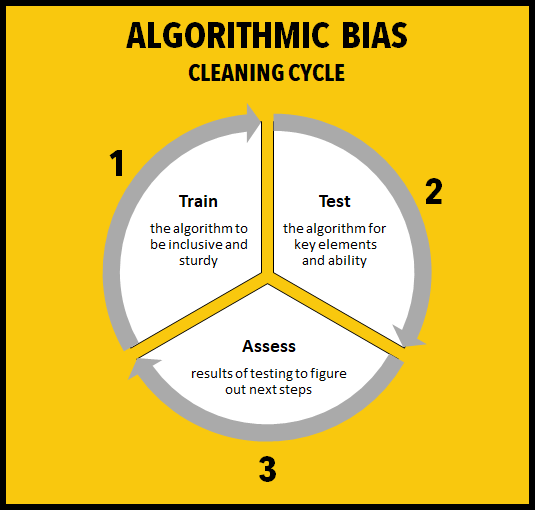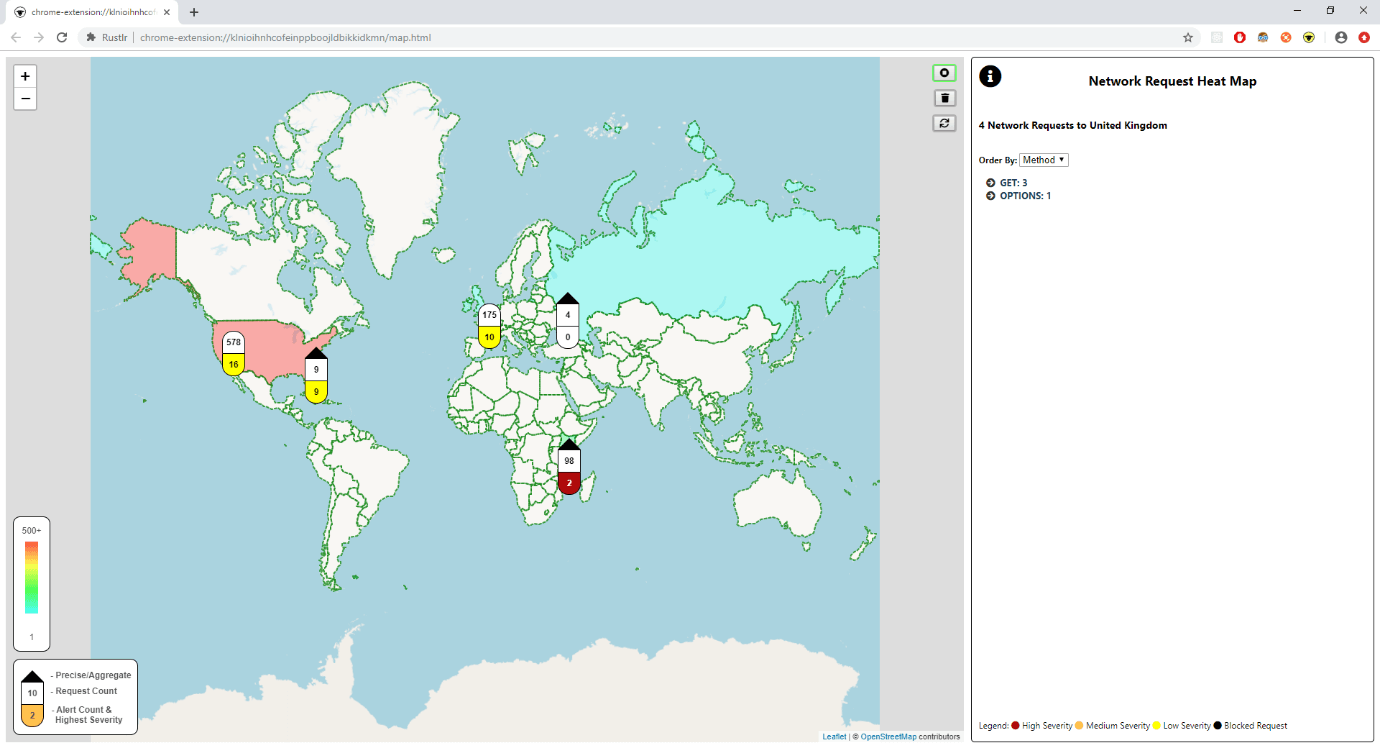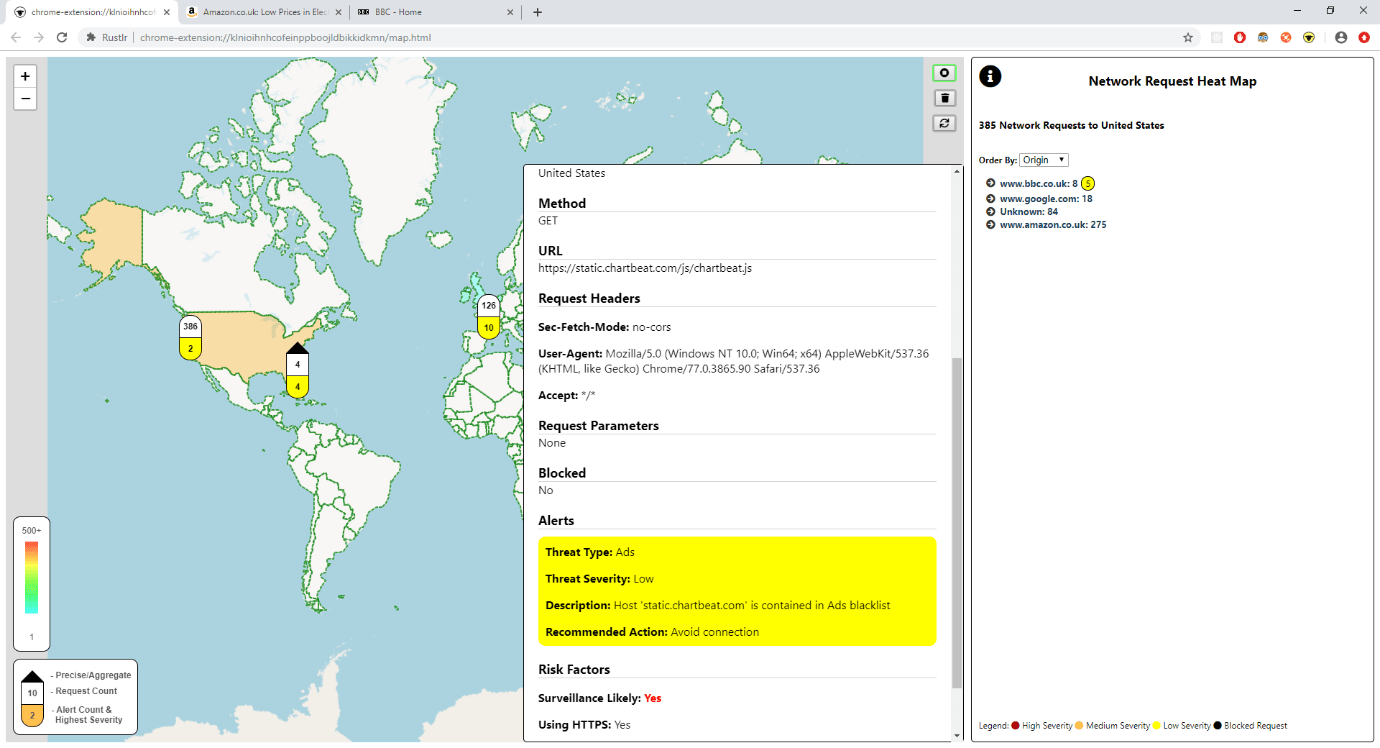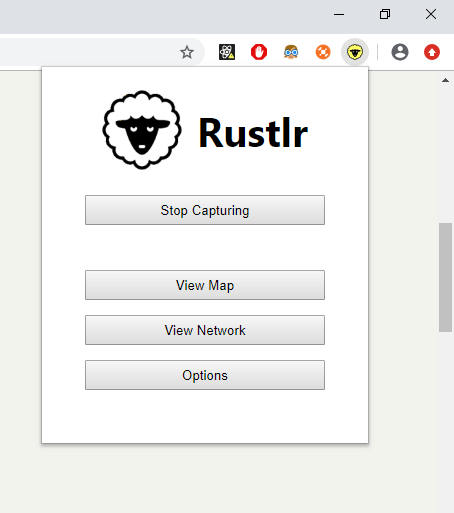Identity Resolution, customer segmentation, and real-time multi-channel communication tools have the ability to surprise and delight water customers in the UK. What can be learnt from the success of other sectors?
The dreaded “Beast from the East” of February and March 2018 left over 200,000 consumers in England and Wales with little or no water and resulted in OFWAT releasing their “Out in the Cold” report – measures and requirements to prevent something like this from ever happening again.
Then, Covid hit. When whispers of a distant virus first circulated in the UK, I don’t think anyone truly anticipated just how serious it would be. Over a year into it, everyone is still trying to make sense of the changing consumer habits and how household and non-household consumption will change moving forward. Regardless of anyone’s opinions on how the future might look, one thing is clear – demand is high.
If you’re not familiar with the nuances of demand forecasting or operations for the water sector, you may be thinking “well of course demand is high, everyone is at home”. However, the consequences of this are much more far reaching – from consumers completely changing peak usage as a result of later waking times due to mass non-commuting, to children not being at school during an unseasonably hot Spring in 2020, causing paddling pools to be filled across the nation. This caused a big headache for many departments within the water sector – such as diverting water supplies to meet demand for those at the extremes of reservoir distance, adjusting pressure times for household consumption, and massive concerns about the size of pipes being too small to deliver the demand of water at peak times.
One thing was clear, water companies needed to ask consumers to consider how much water they were using. Nothing as extreme as a hose pipe ban was required (yet)…but considering not filling up your paddling pool every day, not having a bath every evening because you’re in lockdown or reconsidering whether the car needs to be washed every. single. day.
CACI is in the fortuitous position where we work across multiple sectors with the sole focus of enabling organisations to “do amazing things with data”. So, what can the water sector learn from other sectors to enhance their communication with their own customers – not only improving engagement, but ensuring consumers are contacted in channels that appeal to them.
If I was the Director of Customer Engagement at a water company, what would I do?
By following the four below points you’ll be enabling your organisation to trust that you’re speaking to the right customer, with messages that resonate with them, via the right channel.
MAKE SURE MY CUSTOMER DATA IS IN ORDER
If I look at myself, I have multiple email addresses, my surname is frequently misspelt (thanks Rob Brydon), I have two mobile phones with different numbers, even my postal address frequently appears incorrect on certain address look-up providers, which means I’m sometimes on edge as to which of the three incorrect addresses my parcel will be sent to (thank god I live in a little village with a local postie)! Data can get messy. With customer data stored in disparate databases, customer engagement/customer services are often the teams that get the brunt of customer frustration.
Typically, you’ll find a customer who’s disgruntled needing to phone a call centre to complain, to then be asked for their non-sensical account number (which often needs to be found on a letter or via an online account – a whole other kettle of fish trying to log in there), to then be directed to a different team, to then be put on hold. It’s a sure way to reduce C-SAT scores and irritate your customers – probably escalating that complaint and making it harder to resolve.
Now, imagine a world where you can link all customer data and ensure that it’s correct. So, if a customer phones into a call centre with a complaint you’re able to quickly and effectively go to one customer record, with all their contact history. That would improve their experience immediately!
The ability to connect online and offline data in real-time already exists. So, this problem could be a distant memory. Read all about it here.
BE PREPARED IN AN EMERGENCY
If the past has shown anything, having the ability to communicate to customers in real-time across channels is vitally important. The great news? There is already tonnes of technology out there to enable you to do this. Imagine the water supply is being cut off in an area due to a burst main. Well how about if you could:
- Immediately send out a text or email to all residents affected
- Provide them an update once the issue has been resolved and direct them to an information hub if they need any further details
- Send them a letter/email 7 days later apologising for the disruption and informing them of customer service information should there be any further problems.
That’s just in an emergency, imagine if you could set up customer journeys for all sorts of other reasons, e.g planned engineering works, hose pipe bans etc – rather than the typical letter consumers receive.
All this technology exists in the market already and is used very successfully for marketing campaigns. The utilities sector is pretty unique in the requirement to contact customers in these situations – why not take advantage of this powerful technology?
MAKE SURE YOU HAVE THE TOOLS TO COMMUNICATE THROUGH CHANNELS THAT APPEAL TO THEM
Emergency communication is one thing, but consumers are expecting you to provide them with interesting content. We’re already working with lots of water companies to understand financially vulnerable customers and providing the tools to inform them of social eligibility tariffs, for example, but a key area is understanding what channels a consumer is going to respond to, and having the campaign tools in house to deliver this content.
Customer journeys are used widely within sectors such as auto, retail and leisure – there is no reason why the water sector shouldn’t also embrace this to drive engagement (and increase the C-MEX and C-SAT scores).
David Sealey from CACI, interviewed Gareth Ballard from Braze in April last year, and it’s definitely worth a watch if you’re looking to form human connections with your customers.
MAKE SURE I REALLY UNDERSTAND MY CUSTOMERS AND THEIR NEEDS
We talk about this all the time at CACI – segmentation is our bread and butter. I can’t re-iterate enough – understanding your customers is so important. How would you feel if you received a letter asking you to stop watering your garden so much in a lockdown when you’re in the top floor flat in 30 degrees with no access to outside space? Not great.
Trying to encourage behavioural change can be supported further when we add attitudinal information to a rich demographic segmentation. Lessons can be learnt from EDF’s Smart Meter Roll Out programme, where CACI built out attitudes to understand the drivers for people to get a smart meter, and then built an integrated communication journey to encourage change.
How could this work for the water sector? Well, perhaps something like the below:
- Creative One (Environmental Families): Content around family activities to encourage water saving.
- Creative Two (Frugal Flat Owners): Content around the money individuals can save around the home by engaging with their water provider, e.g free toilet flushing water savers + a water meter
- Creative Three (Nosey Neighbours): Use demand metrics to say how much water a neighbourhood is using vs another within the area – or simply provide a number of free water saving equipment delivered within the area to encourage uptake.
Does any of this resonate? I’m very happy to talk you through any of the above as part of an Art of the Possible session and bring in Subject Matter Experts to really drive forward your customer experience. Just get in touch and I can set up a 45-minute session with you today.




















